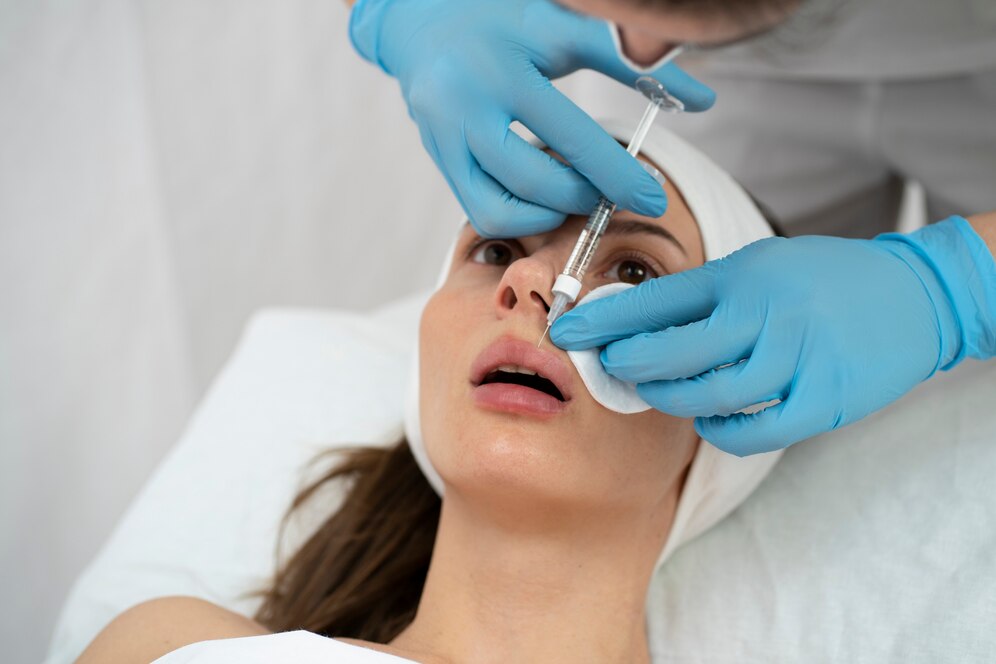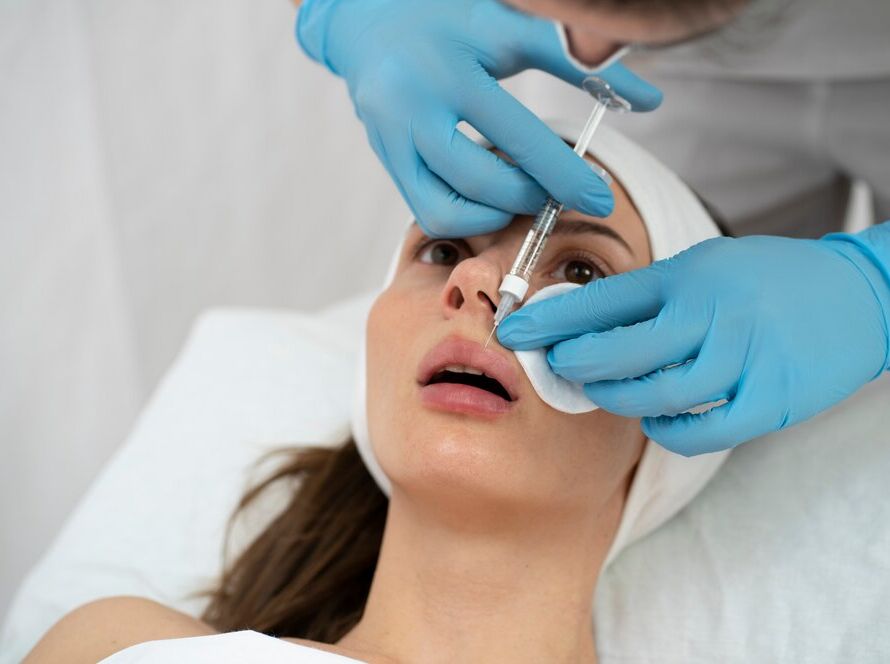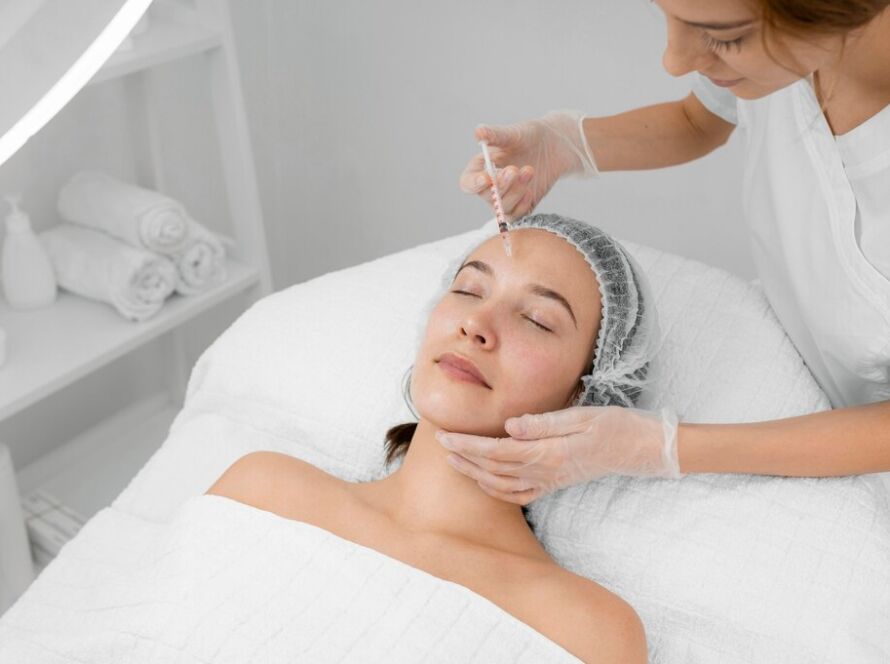Share post-procedure tips for injectors to pass on to patients to maintain results and prevent complications.In the world of aesthetic medicine, what happens after a treatment is just as important as the procedure itself. Post-treatment care plays a vital role in ensuring the best results for your patients, reducing the risk of complications, and fostering trust and satisfaction. Educating your patients about proper aftercare not only enhances their outcomes but also reinforces your commitment to their well-being.


Why Post-Treatment Care Matters
The aesthetic journey doesn’t end when the procedure is complete. Proper post-treatment care is essential for:
- Enhancing Results: Following aftercare instructions ensures that the treatment delivers its full potential. For example, avoiding certain activities can prevent product migration or irritation.
- Preventing Complications: Educating patients on what to do—and what to avoid—reduces the risk of adverse reactions like swelling, bruising, or infection.
- Building Patient Trust: When you provide clear and detailed aftercare instructions, patients feel supported and cared for, which strengthens their confidence in you.
By emphasizing the importance of aftercare, you set your patients up for success and create a positive treatment experience.
General Post-Treatment Guidelines
While specific aftercare instructions vary depending on the procedure, some general guidelines apply to most cosmetic treatments:
- Avoid Touching the Treated Area: Patients should refrain from massaging, rubbing, or applying pressure to the area immediately after the procedure to prevent product displacement or irritation.
- Stay Hydrated: Drinking plenty of water helps with healing and hydration, particularly for treatments involving dermal fillers.
- Protect the Skin: Advise patients to avoid direct sun exposure and use a broad-spectrum sunscreen to protect the treated area.
- Skip Intense Activities: Strenuous exercise, saunas, and hot baths should be avoided for 24-48 hours to reduce the risk of swelling or bruising.
- Monitor for Unusual Symptoms: Patients should be informed of what’s normal (e.g., mild swelling) and what may require follow-up (e.g., severe pain or discoloration).
These universal tips set the foundation for safe and effective post-treatment care.

Conclusion: Supporting Patients Every Step of the Way
Post-treatment care is a crucial part of the aesthetic process, ensuring that patients achieve the best possible results while feeling supported and valued. By providing clear instructions, personalized guidance, and ongoing support, you can enhance patient satisfaction and build lasting trust.
we emphasize the importance of post-treatment care in all our training programs, helping practitioners deliver exceptional results and create positive patient experiences. Ready to elevate your skills and learn the art of comprehensive patient care? Explore our courses today and take the next step in your aesthetic career.




1 Comment
Ashton Porter
Duis autem vel eum iriure dolor in hendrerit in vulputate velit esse molestie consequat, vel illum dolore eu feugiat nulla facilisis at vero eros et accumsan et iusto odio dignissim qui blandit praesent luptatum zzril delenit augue duis dolore tefe.